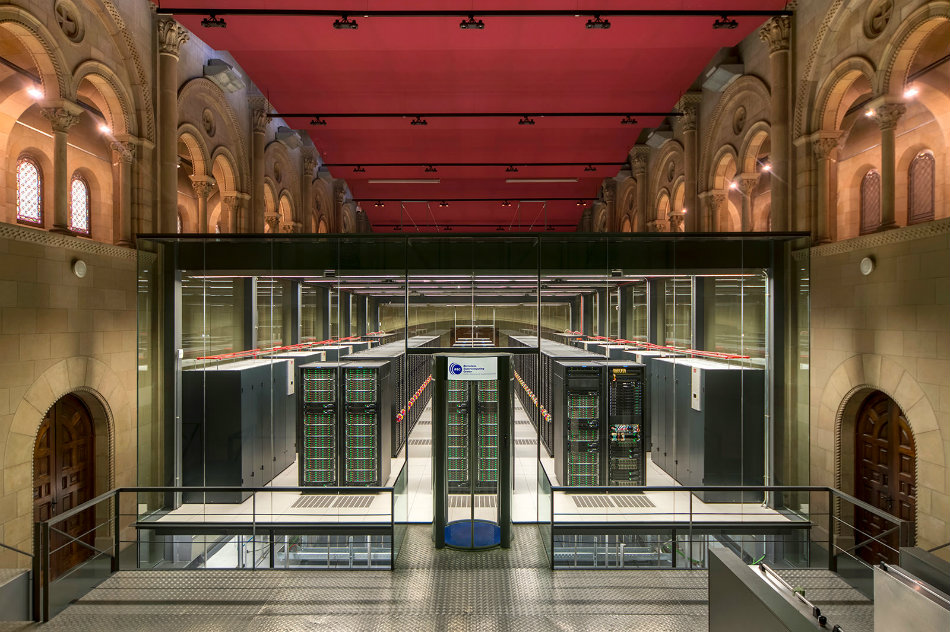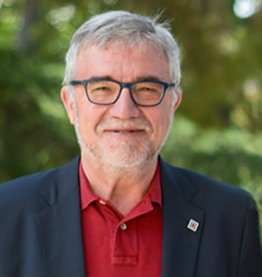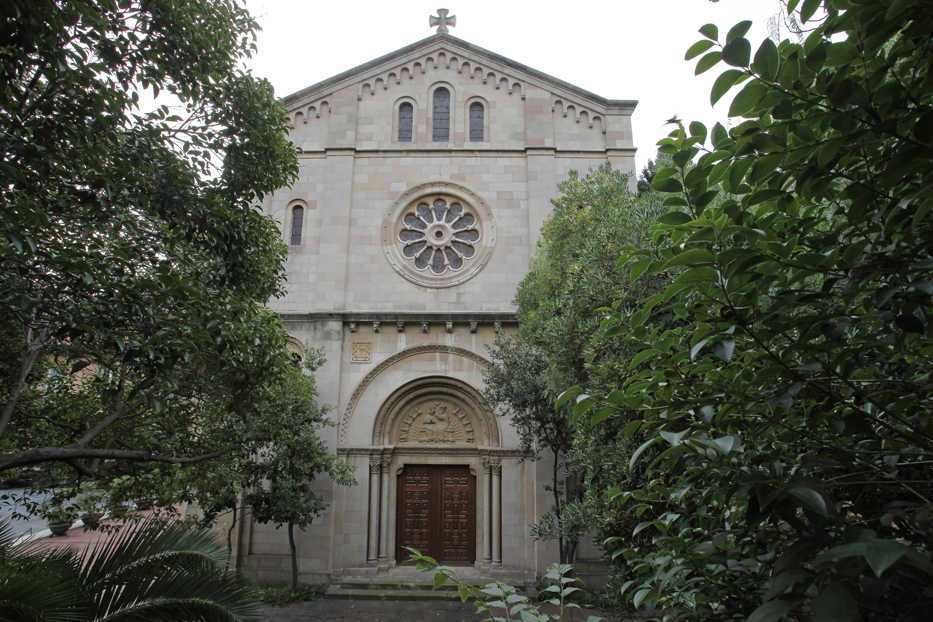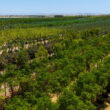Few people are aware that nestled within the walls of Barcelona’s beautiul 19th century Torre Girona chapel is one of Europe’s most powerful supercomputers, the Barcelona Supercomputing Center’s MareNostrum.

Can you brief us on the BSC and your MareNostrum supercomputer?
The Barcelona Supercomputing Center (BSC) is Spain’s national supercomputing center. We specialize in high-performance computing (HPC) and manage MareNostrum, one of the most powerful supercomputers in Europe, located in the Torre Girona chapel.
MareNostrum is the generic name that we use to refer to the different updates made to our most emblematic supercomputer and the most powerful supercomputer in Spain. Our supercomputers are all called MareNostrum to reflect our identity as a “sea of culture”. There are four versions installed to date.
On July 1, we launched MareNostrum 4, the third fastest supercomputer in Europe and 13th in the world. It is ten times more powerful than the MareNostrum 3. Computers are ranked according to the speed they take to run a simple and regular program and we rank high compared to other supercomputers. Even so, our main priority is to look after our users.

How is MareNostrum used?
The supercomputer is used in human genome research, protein research, astrophysical simulations, weather forecasting, geological or geophysical modeling, and in the design of new drugs.
One of the main programs we have is for precision medicine: an emerging approach to disease treatment and prevention that takes into account individual variability in genes, environment, and lifestyle for each person. The aim is to give personalized and precise treatment. We have many people working with different hospitals and clinics in Barcelona.
In the field of energy, we have been working with Repsol for about 10 years. Climate change is another important focus for us and many of our applications could help solve some of the problems around it.

What impact has the BSC had on the knowledge economy in Barcelona?
People recognize that the BSC has placed Barcelona in the supercomputer world. Originally, we were supposed to be a team of about 50 or 60 people, but today there are more than 500 people at the BSC, from 45 different countries. We grew because we transfer technology, organize several conferences and congresses and bring in a lot of people to carry out their research here with us.
We also work with several global IT companies, bringing knowledge to the BSC. For example, the BSC and IBM Research Deep Learning Center was created to boost cognitive computing. It will provide the framework for conducting joint research and development projects on the Deep Learning domain, an essential component of cognitive computing. The focus is on the development of new algorithms to improve and expand the cognitive capabilities of Deep Learning systems. We are also collaborating on projects with Lenovo and Fujitsu![]()









